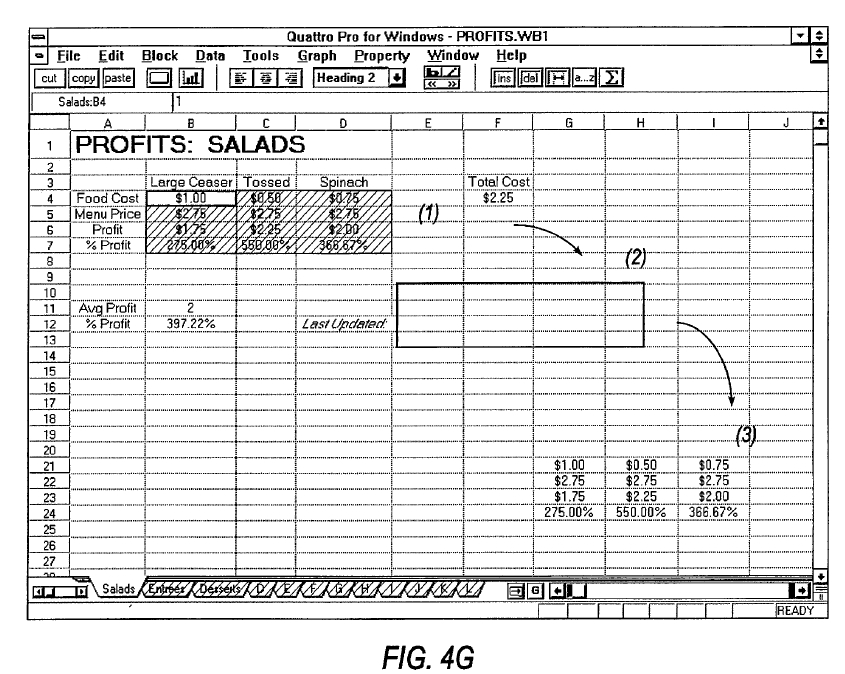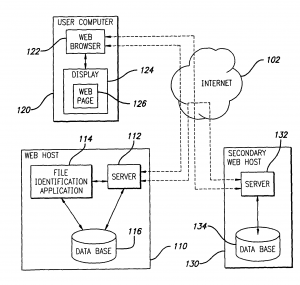Ray and Amanda Smith applied for a patent on a method of playing a wagering card game. The title of their patent application was “Blackjack Variation.” The court of appeals noted that the Smiths’ claim were directed to rules for playing a wagering game using conventional shuffling and dealing of a standard deck of cards. As such, the court of appeals found the Smiths’ claims were not patent eligible in In Re Smith, No. 2015-1664 (Fed. Cir. 2016).
The court found that the Smiths’ claim were similar to other fundamental economic practices previously found abstract. The court agreed with the reasoning of the patent office that “[a] wagering game is, effectively, a method of exchanging and resolving financial obligations based on the probabilities created during the distribution of cards.”
The court also found that the claims did not contain an inventive concept sufficient to transform the abstract idea into a patent-eligible subject matter. The shuffling and dealing of physical playing cards from a standard card deck were purely conventional activities, according to the court.
However, the court noted that some inventions in the gaming arts could be patent-eligible. The court said “claims directed to conducting a game using a new or original deck of cards potentially” could be patent eligible.


